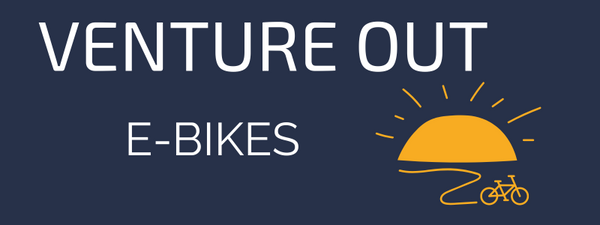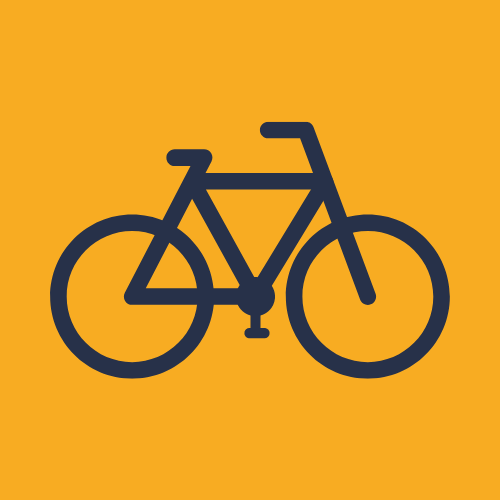The Electrical Foundation: A Quick Refresher
Think of your ebike as a mini-powerhouse. It all starts with electrons, the tiny particles that make up electricity.
-
Volts (V): The "Push"
- Imagine volts as the water pressure in a pipe. Higher voltage means a stronger push, translating to potentially higher top speeds on your ebike.
-
Amps (A): The "Flow"
- Amps measure the volume of electrons flowing, like the amount of water moving through the pipe. More amps mean more power delivery.
-
Watts (W): The "Work Done"
- Watts are the result of volts multiplied by amps (Watts = Volts x Amps). This is the actual power your ebike motor uses to do work.
-
Amp-hours (Ah): The "Fuel Tank"
- Amp-hours tell you the battery's capacity, how much total energy it can store. A higher Ah rating means longer rides before needing a recharge.
Power Levels and What They Mean for Your Ride
Let's explore the different power levels you'll find in ebikes and how they affect your riding experience:
1. Entry-Level/Commuter (Low Power):
- Watts: 250W-350W
- Volts: 24V-36V
- Amp-hours: 7Ah-10Ah
-
What to Expect:
- These ebikes are perfect for commuting and casual rides.
- Speeds are typically around 20 mph (32 km/h).
- They handle flat surfaces well, but may struggle on steep hills.
- You'll enjoy a good battery range, often 20-40 miles (32-64 km).
- Pros: Affordable, lightweight, and offer excellent range.
- Cons: Limited power for challenging terrain.
2. All-Purpose/Mid-Range (Average Power):
- Watts: 500W-750W
- Volts: 36V-48V
- Amp-hours: 10Ah-15Ah
-
What to Expect:
- These ebikes offer a great balance of power and versatility.
- Speeds can reach 20-28 mph (32-45 km/h).
- They handle moderate hills with ease.
- Battery range is typically 30-50 miles (48-80 km).
- Pros: Good power, speed, and range for various riding styles.
- Cons: Slightly heavier and more expensive than low-power models.
3. Performance/Off-Road (High Power):
- Watts: 750W-1500W+
- Volts: 48V-72V+
- Amp-hours: 15Ah-20Ah+
-
What to Expect:
- These ebikes are built for serious riders and challenging terrain.
- Speeds can exceed 28 mph (45 km/h) or much higher.
- They offer powerful acceleration and effortlessly climb steep hills.
- Battery range can vary significantly depending on power usage.
- Pros: High performance, speed, and capability for off-road adventures.
- Cons: Expensive, heavy, and may have shorter range at high power.
Key Takeaways:
- Know Your Local Laws: Ebike power and speed regulations vary, so check your local rules.
- Battery Care Matters: Extend your battery's lifespan by avoiding full discharges and extreme temperatures.
- Weight vs. Power: Higher power often means heavier ebikes.
Choosing the right ebike power level depends on your riding style and needs. Whether you're commuting to work or tackling off-road trails, understanding these key concepts will help you make an informed decision and enjoy the ride!





